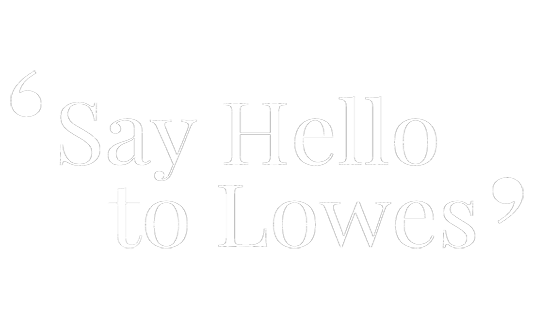

"Say Hello to
Independent Financial Advice"
0191 281 8811
Client Login
0191 281 8811
Client Login
Zimbabwe's Starving Billionaires
Zimbabwe’s Starving Billionaires
In 2009 the Zimbabwean government issued the largest denomination of currency ever – the Z$100 trillion bill – as a direct result of the currency’s hyperinflation, representing the currency’s third redenomination in as many years.
|
Redenomination |
Issue |
Value (to ZWD in 1980) |
|
First (ZWN) |
2006 |
1 ZWN: 1,000 ZWD |
|
Second (ZWR) |
2008 |
1 ZWR: 10^13 ZWD |
|
Third (ZWL) |
2009 |
1 ZWL: 10^25 ZWD |
When Zimbabwe achieved independence from the United Kingdom in 1980, Z$2, Z$5, Z$10 and Z$20 notes were in circulation. At the time Zimbabwe had a high, but not extreme, annual inflation rate of 5.4%. Just shy of thirty years later these notes were replaced by bills in the millions, billions and penultimately trillions.
Officially, annual inflation had reached 231 million per cent by July 2008.
The Z$ lost 99.9% of its value against the US$ between 2007 and 2008. To contextualise the extent of this hyperinflation, The Economic Times reported that in 2008 “a loaf of bread now cost what twelve new cars did a decade ago” and a “small pack of locally produced coffee beans cost just short of Z$1bn” which ten years prior “would have bought 60 new cars”.
In 2008 a Z$100 billion note would have bought you roughly three eggs, as reported by the Herald Sun.
By April 2009 the Zimbabwe Dollar had been effectively abandoned following the legalisation of the use of foreign currencies. In 2014 the Zimbabwe Central Bank had announced that USD, ZAR, GBP, EUR, JP¥ and RMB, among others, would all be accepted as legal tender.
So, what happened?
Hyperinflation in Zimbabwe was preceded by years of domestic economic recession and ever-increasing government debt.
Catastrophic national droughts coincided with President Mugabe’s strict enforcement of land reform polices during the early twenty-first century. The results crippled the Zimbabwean economy.
A nation so heavily reliant on the sector, saw its agricultural output fall 50% between 2000 and 2009; Tobacco (Zimbabwe’s largest foreign exchange cash crop) production fell 64% by 2009 and Maize production by 76%. Adverse conditions in Zimbabwe had inspired mass emigration, rising to 9.9% of the population by 2010.
Meanwhile, the government had been collecting huge amounts of national debt through continued uncontrolled spending. Government debt as a share of national GDP soared from 11% in 1980 to 119% in 2008. When tax increases failed to repay the government’s debt obligations, they increased monetization.
As the government continued to print money to repay their debts, they simultaneously created an extreme imbalance between money supply, money demand and economic output and therefore leading to demand-pull inflation. The Z$ began to lose value at an exponential rate and thus began Zimbabwe’s period of hyperinflation.
Current situation
The government in Zimbabwe had adopted a multicurrency system until February 2019, when it announced the reintroduction of its own domestic currency – the RTGS dollar or ‘Zollar’ (ZWL).
The Zollar has been introduced with the purpose of collating the values of bond notes, debit card and mobile payments following the dismissal of widely used foreign currency as legal tender.
Despite being priced at a healthier USD/ZWL:10.1778 (20/08/2019), there are still concerns over inflation in Zimbabwe. Annual inflation has rocketed from an already high rate of 56.9% to 175.7% from January 2019 to June 2019 (see Figure 1), aligning with the reintroduction of Zimbabwe’s own currency.
Today, media articles reflect a bleak situation in Zimbabwe. Despite the optimism surrounding Robert Mugabe’s ousting, Zimbabwe appears to be on tipping point - inflation is continuing to soar, there appears to be very little confidence in the Zollar and new of violent protests is breaking all too often.
Subscribe Today
Receive exclusive
financial insights
straight to your inbox
We will use the information you have provided only to contact you in accordance to terms of this contact form and our privacy policy.
You can unsubscribe at any time by emailing enquiry@lowes.co.uk or by clicking the 'unsubscribe' link at the bottom of each email. Full details of how we use and secure your personal information and how to update your marketing preferences can be viewed in our Privacy Policy.
Request a Callback
To arrange a free, no obligation consultation or a call back from your Adviser, please complete your details and we will get back to you at the earliest possible opportunity. Alternatively contact us via:
A member of our team will use the details you have provided to respond to your enquiry.
You can unsubscribe at any time by emailing enquiry@Lowes.co.uk or by clicking the 'unsubscribe' link at the bottom of each email. Full details of how we use and secure your personal information and how to update your marketing preferences can be viewed in our Privacy Policy.


